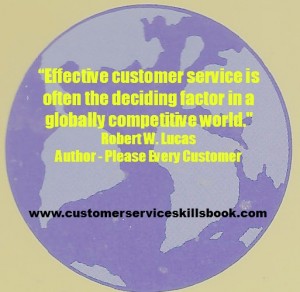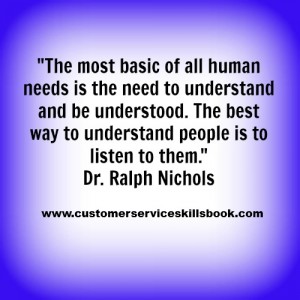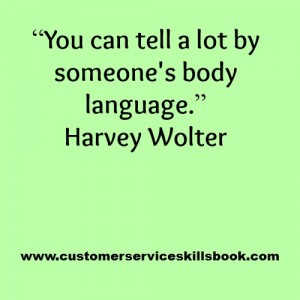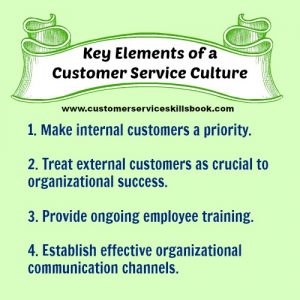Customer Service Quote – Robert Lucas

“Effective customer service is often the deciding factor in a globally competitive world” Robert W. Lucas, Author of Please Every Customer.
National Customer Service Week was established by the International Customer Service Association (ICSA) in 1988 as a way for businesses and organizations to recognize the efforts of their customer service professionals. In 1991 President George H. Bush declared National Customer Service Week. In 2013, the theme was “United through Service”.
The idea behind the week is for organizations to celebrate service by doing things to boost employee morale and motivation through recognition and rewards for their efforts in satisfying customer needs, wants and expectations. By raising customer awareness across the organization and also reminding customers how vital they are to the individual employee and organizational success, companies can potentially enhance employee morale and increase customer and brand loyalty.
For useful resources and information on how to create a positive customer-centric environment in your organization, check out the ICSA and Alexander Communications Group websites.
For additional proven ideas and strategies on how to enhance the quality of service that you build with customers and to help aid customer and brand loyalty while increasing retention, get a copy of Care Packages for Your Customers by Barbara Glanz.
About Robert W. Lucas
Bob Lucas has been a trainer, presenter, customer service expert, and adult educator for over four decades. He has written hundreds of articles on training, writing, self-publishing, and workplace learning skills and issues. He is also an award-winning author who has written thirty-seven books on topics such as, writing, relationships, customer service, brain-based learning, and creative training strategies, interpersonal communication, diversity, and supervisory skills. Additionally, he has contributed articles, chapters, and activities to eighteen compilation books. Bob retired from the U.S. Marine Corps in 1991 after twenty-two years of active and reserve service.
Make Money Writing Books: Proven Profit Making Strategies for Authors by Robert W. Lucas at Amazon.com.
The key to successfully making money as an author and/or self-publisher is to brand yourself and your company and to make yourself and your book(s) a household name. Part of this is face-to-face interaction with people at trade shows, library events, book readings, book store signings, blogging or guest blogging on a topic related to their book(s). Another strategy involves writing articles and other materials that show up online and are found when people search for a given topic related to a topic about which the author has written.
If you need help building an author platform, branding yourself and your book(s) or generating recognition for what you do, Make Money Writing Books will help. Bob’s popular book addresses a multitude of ideas and strategies that you can use to help sell more books and create residual and passive income streams. The tips outlined in the book are focused to help authors but apply to virtually any professional trying to increase personal and product recognition and visibility.
 Improving Customer Service With Active Listening Skills
Improving Customer Service With Active Listening Skills








